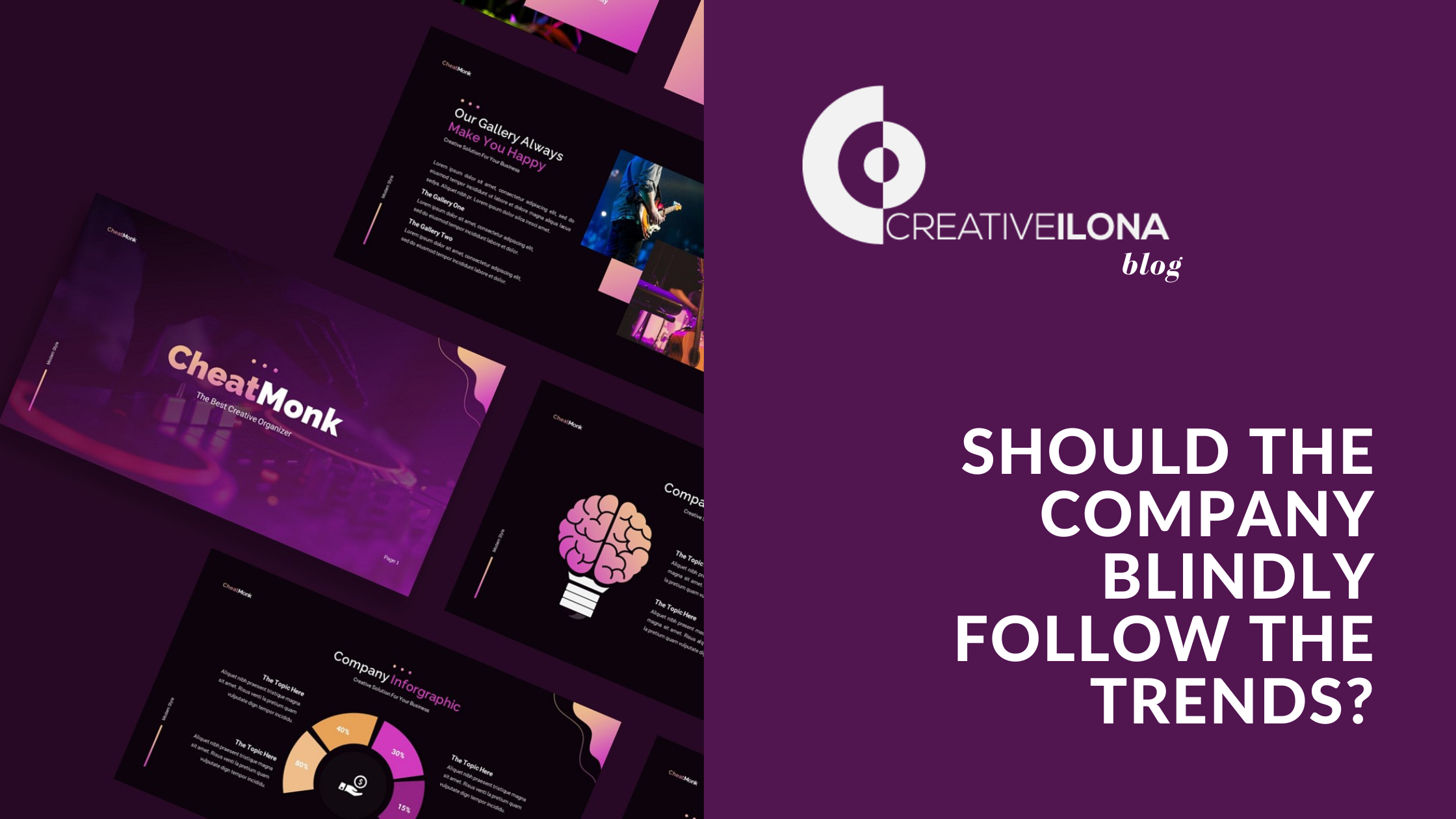“Brand is the sum total of how someone perceives a particular organization. Branding is about shaping that perception.” – Ashley Friedlein.“
“A brand is a voice, and a product is a souvenir.” - Lisa Ganksy
Graphic design trends are constantly evolving and can vary from year to year or even season to season. Some of the current graphic design trends include
Bold Colors: Graphic designers are using bold and bright colors to create eye-catching designs that stand out.
Vintage and Retro Style: A nostalgic, retro-inspired look is becoming more popular in graphic design.
Typography: Creative and unique typography is becoming increasingly important in graphic design, with designers experimenting with different fonts styles, sizes, and colors.
Minimalism: Minimalistic designs with clean lines, negative space, and a focus on simplicity continue to be popular in graphic design.
3D and Augmented Reality: Advances in technology have allowed designers to incorporate 3D elements and augmented reality into their designs, creating a more immersive and interactive experience.
Hand-Drawn Illustrations: Hand-drawn illustrations are becoming more prevalent in graphic design, giving designs a personal touch and adding a human element.
Natural Elements: The use of natural elements such as plants, leaves, and flowers is becoming popular in graphic design as people seek a connection to nature.
These are just a few of the many graphic design trends that are shaping the industry today. It's important for designers to stay informed about these trends and incorporate them into their designs in a way that aligns with their client's goals and helps them stand out from the competition. But…..
are the companies should blindly follow the trends?
In today's fast-paced business world, it's easy to get caught up in the latest trends and fads. Companies are constantly bombarded with new ideas, marketing strategies, and products, and it can be tempting to jump on the bandwagon and follow the crowd. But when it comes to building a strong brand identity, blindly following trends is not always the best idea.
The first reason why companies should avoid blindly following trends is that it can dilute their brand identity. A company's brand should have a clear and consistent message that sets them apart from their competitors. By following every trend that comes along, companies risk losing their unique voice and appearing generic and interchangeable with their competitors. This can lead to confusion among consumers and a loss of loyalty.
Another reason why companies should avoid blindly following trends is that they may not align with their brand values and mission. A trend may seem popular and profitable, but if it goes against the company's core values and beliefs, it's not worth pursuing. Companies that stay true to their values are more likely to build trust and loyalty with their customers, as well as attract like-minded employees.
Additionally, blindly following trends can also lead to wasted resources and missed opportunities. Companies that invest heavily in a trend that doesn't align with their brand identity or values may find that they have little to show for it in the end. On the other hand, companies that take the time to understand their customers, listen to their needs, and develop innovative solutions that meet those needs are more likely to achieve long-term success.
Finally, blindly following trends can also result in missed opportunities for differentiation and innovation. By constantly copying what others are doing, companies risk missing out on unique opportunities to stand out and offer something truly unique to their customers. Companies that focus on innovation and differentiation are more likely to stay ahead of the competition and establish a strong brand identity.
In conclusion, while it's important for companies to stay informed about the latest trends and developments in their industry, they should avoid blindly following them. A strong brand identity is built on a clear and consistent message, alignment with brand values and mission, innovative solutions, and differentiation. By focusing on these elements, companies can build a brand that stands out and inspires loyalty and trust among their customers.














